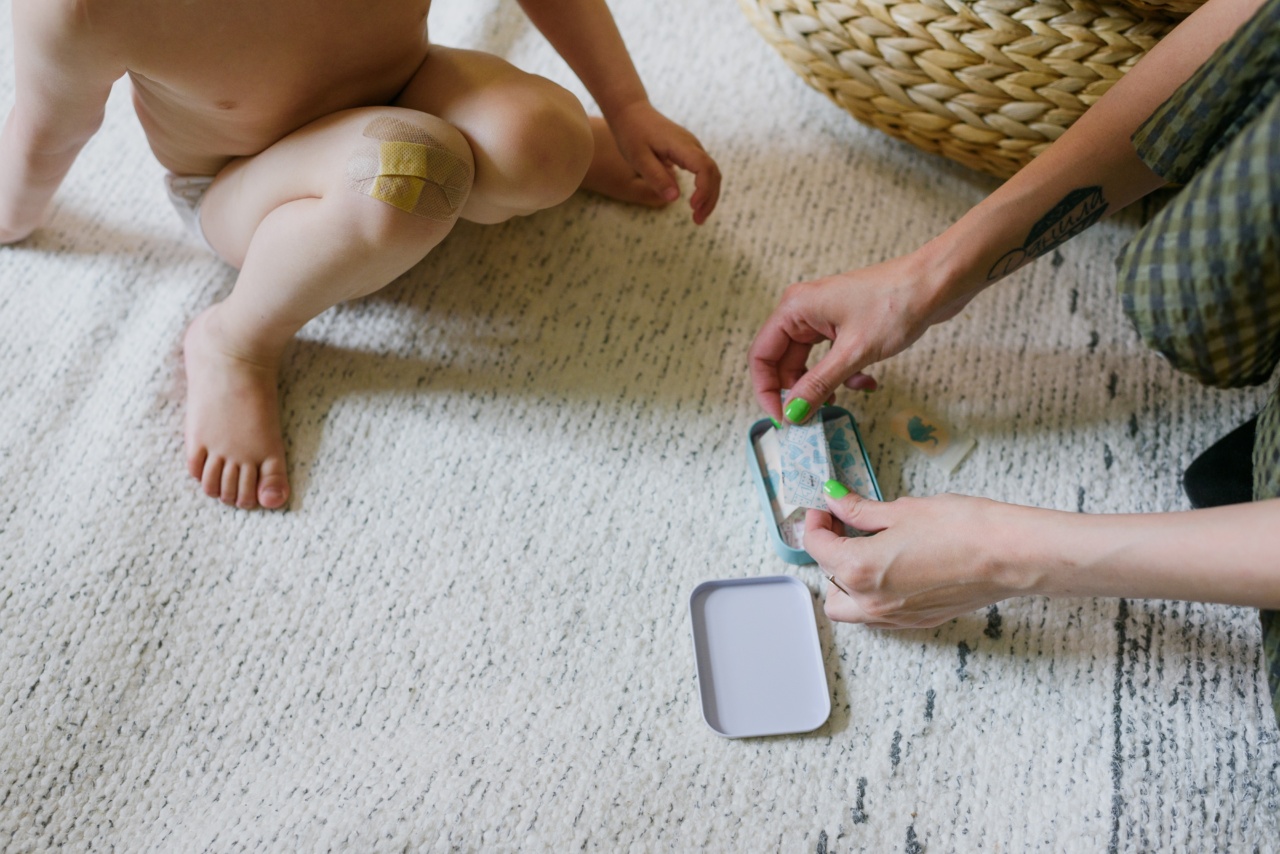Childhood cancer is a devastating illness that affects thousands of children around the world. The journey towards healing can be long and challenging, but there are two factors that can greatly aid in the healing process.
These factors include early diagnosis and treatment, as well as emotional support for both the child and their family.
Early Diagnosis and Treatment
Early diagnosis is crucial when it comes to childhood cancer. Detecting the disease in its early stages can significantly improve the chances of successful treatment.
Routine screenings, such as blood tests and physical exams, can help identify potential symptoms or abnormalities that may indicate the presence of cancer.
Furthermore, advances in medical technology have made it easier to diagnose childhood cancer at an earlier stage. Imaging tests, like MRI or CT scans, can provide detailed images of the body, helping doctors identify any abnormal growths or tumors.
Biopsies, where a small sample of tissue is taken for analysis, can also be used to confirm a diagnosis.
Once diagnosed, prompt treatment is vital. Treatment options for childhood cancer may include surgery, chemotherapy, radiation therapy, and targeted therapy.
The specific treatment plan will depend on the type of cancer, its stage, and the overall health of the child.
Emotional Support for the Child and Family
While early diagnosis and treatment are essential, the healing journey for a child with cancer extends far beyond medical procedures.
Emotional support plays a crucial role in helping the child cope with the diagnosis, treatment, and potential side effects.
Cancer treatments can be physically demanding and emotionally draining for both the child and their family. Providing emotional support can help alleviate the stress and anxiety associated with the illness.
There are several ways to offer emotional support:.
1. Counseling and Therapy
Professional counseling and therapy can help children and their families navigate the emotional challenges of childhood cancer.
Therapists experienced in pediatric oncology can provide guidance, coping strategies, and a safe space for expressing emotions.
2. Support Groups
Joining support groups comprised of other families going through similar experiences can be immensely beneficial.
These groups provide a sense of community, allowing families to share their stories, exchange advice, and offer each other support and encouragement.
3. Engaging Activities
Engaging the child in age-appropriate activities and hobbies can help distract them from the challenges of treatment.
Art therapy, music therapy, and play therapy are all examples of activities that can promote emotional well-being and provide a much-needed outlet for self-expression.
4. Open Communication
Open, honest communication is vital for children with cancer and their families.
Creating an atmosphere where children feel comfortable expressing their fears, concerns, and questions can help alleviate anxiety and strengthen the bond between the child and their loved ones.
5. Siblings and Family Support
Childhood cancer affects not only the diagnosed child but also their siblings and the entire family unit. It is essential to provide support and attention to siblings, as they may feel neglected or overwhelmed by the situation.
Encouraging quality family time and maintaining normal routines can help create a sense of stability.
6. Palliative Care
In cases where a cure may not be possible, palliative care focuses on relieving symptoms and making the child as comfortable as possible.
Palliative care teams work towards enhancing the child’s quality of life and providing emotional support to the family during this difficult time.
Conclusion
The healing process for childhood cancer is multi-faceted, relying on a combination of early diagnosis and treatment, as well as emotional support for both the child and their family.
Early detection increases the chances of successful treatment, while emotional support aids in coping with the challenges of the disease. By focusing on these two factors, we can pave the way for better outcomes and improved well-being for children battling cancer.































